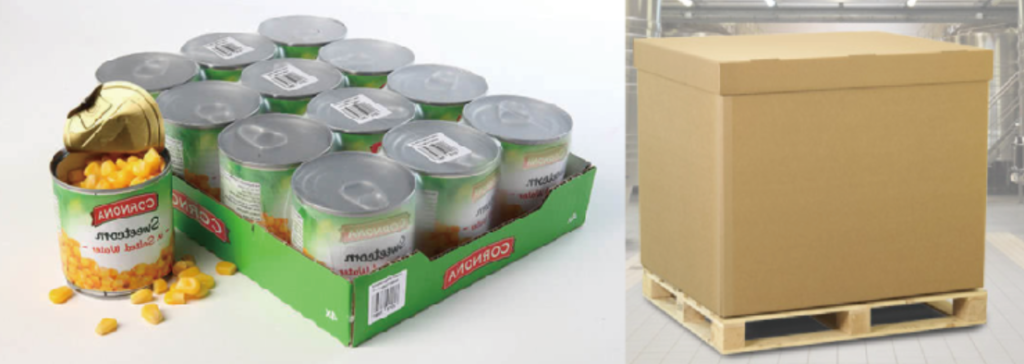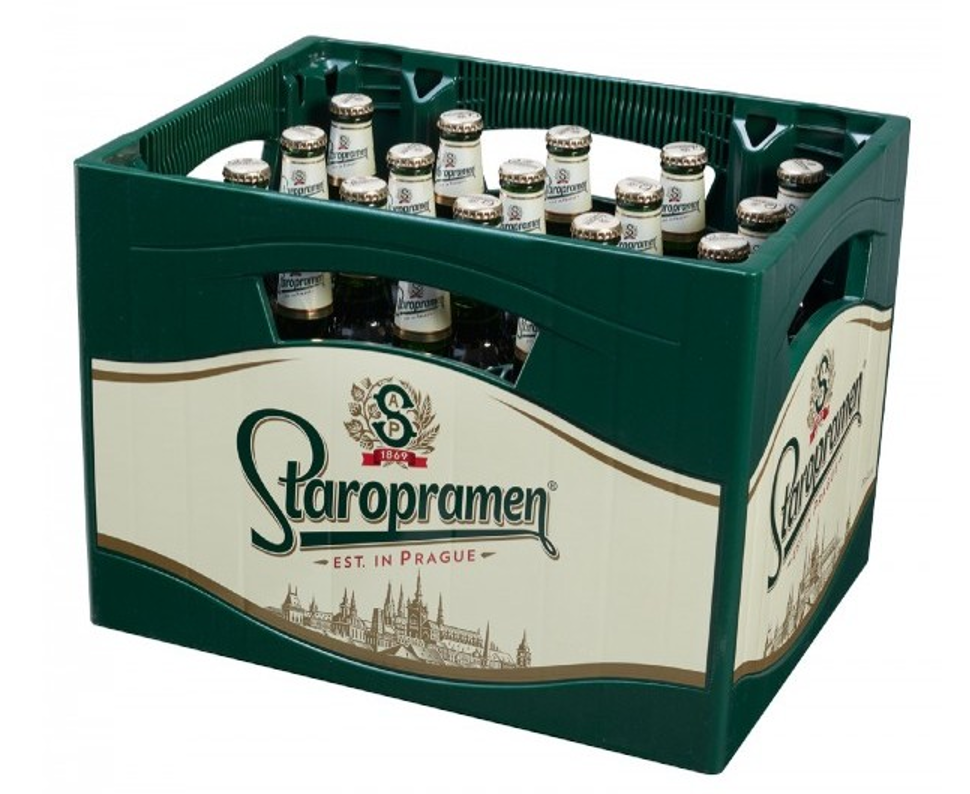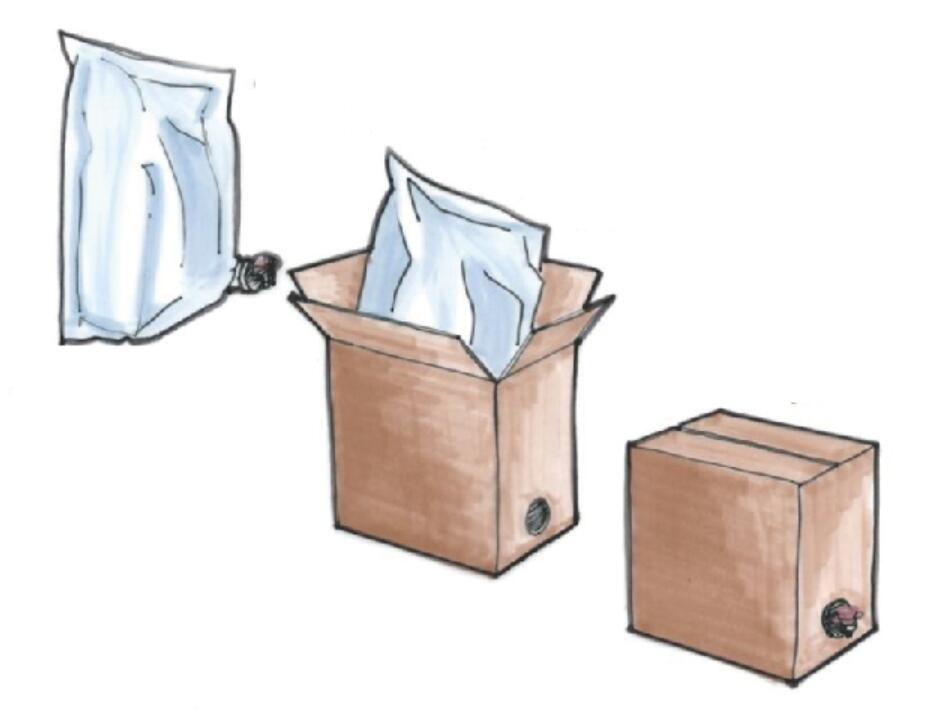
The packaging industry is full of complicated, specific words and some of the most popular expressions business owners interact with are primary, secondary and tertiary packaging. At first, they can sound confusing, but with a few explanations from a professional, you can understand exactly why they are classified like that.
If you are in a hurry, you can read the black bold words for a rough idea, however, if time allows, it is better to read every word. Thanks your reading and continue, now.
In my company, I am the one responsible of the relationship with business owners. That’s why today I will present you, in the simplest way possible, the three layers of packaging. Stay tuned and you will find out...
What is primary, secondary and tertiary packaging?
As experts, we receive this question multiple times a day. For this reason, we have written many articles related to the layers of packaging. Firstly, we will give you some brief explanations about each one of them. Then, we will talk more about what differentiates them.
Primary packaging: the first layer and the closest to or directly touch with the actual product.

That is what a normal person would think about when hearing the word “packaging”. The main purpose of it is to protect and contain the product, especially if it’s made by multiple parts. Secondary roles of primary packaging could be marketing and offering information.
Some examples could be a wine bottle, a food can or a plastic Coke bottle.
If you want to find out more about primary packaging, click here for our dedicated article.
Secondary packaging: the second or middle layer of packaging.

The basic function of secondary packaging is to protect the product and the primary packaging in perfect shape; secondary roles can be marketing and brand identity.
A good example of secondary packaging is a 6 pack beer carrier, made out of cardboard or wood.
You can find more information about secondary packaging here.
Tertiary packaging: the outer layer of your packaging solution.

It is only seen by the manufacturer and the retailer, because it is mostly used during transportation and storage between 2 warehouses.
Some good examples could be wood pallets, wooden crates or metal containers.
Our dedicated article about tertiary packaging has other examples listed, with their advantages and disadvantages. Click here to find out more!
I guess you have a rough idea now about the 3 layers of packaging, so let us do a quick and condensed recap:
Primary, secondary and tertiary packaging are the 3 layers of packaging. Primary packaging is the one that has direct contact with the product. Secondary packaging is responsible with protecting the first layer from minor shocks and helps with efficient storage. Tertiary packaging is the external layer and is used in transit over long distances, to protect the product and packaging from serious damage.
Each layer is much more complex than it sounds, and has multiple functions that you should be aware of. The good news is that I am going to explain every detail and give you a lot of examples, so you can fully understand what packaging is made of.
What is the main difference between primary, secondary and tertiary packaging?

Because each layer has a specific purpose, they differ in many aspects. We identified 3 main differences that you should consider, when designing your packaging solution. Here they are:
1. Differences regarding basic functions
All the layers have their own role in the whole process:
- The first layer needs to get the attention.
- The second one is used to optimize storage and transportation.
- The third layer needs to protect the whole package during transit.
You need to keep in mind their main functions, when you design the packaging solution. This way, the layers will be complementary and the solution as a whole will be perfect.
2. Differences regarding the material
- Primary packaging should be made out of highly customizable materials, such as chipboard or glass containers. They can be fragile, as they will be protected by the other 2 layers, but they also need to offer protection to a certain extent.
- Secondary packaging should have a more resistant material that can be also branded, without any complex designs. However, this layer needs to fit multiple products of a certain shape, so personalization is still necessary. Common materials used to manufacture secondary packaging are cardboard and plastic.
- Tertiary packaging needs a stronger material, that can absorb impact, as it will be used during transportation over long distances. Hard materials, such as metal or wood will handle most of the hits that the package will suffer.
3. Differences regarding user experience
When designing your packaging, you need to know who will be interacting with each layer. Like so, you will deliver a better user experience for people, whether they are clients, retailers or transporters.
- Primary packaging should be designed entirely for the end consumer. If you want to have some insights about how should it look like, begin conversations with potential customers. They will be the ones that will interact the most with your primary packaging, so they could give you all the advice you need.
- Secondary packaging should be designed for retailers and distributors. Because its main function is to optimize transportation within the store and storage, retail workers will be the one interacting with them. That’s why the characteristics of secondary packaging need to fulfill the needs and expectations of people working in retail.
- Tertiary packaging should be designed having in mind the needs of the transporters. The outer layer of packaging is designed to protect the product during transit, on longer distances. During this process, transporters interact with it. If you want your product to be completely protected, talk with several transporters to see what advice they could give you.
Do I need all the packaging layers?

Usually, yes.
Regardless of your product, each layer has its defined role. Every expert I talked with, myself included, recommends a complete solution, if you want to avoid any problems. However, I can think of a few cases when you can give up one of the layers.
For instance, if you produce business-to-business goods or equipment, you won’t need to catch the attention of any potential client passing by. There is no need for a premium experience while unpacking the product, because it is bought for its functionalities, not for other benefits.
Also, if your product is very strong and resistant, you might ignore tertiary packaging and organize them only by using the second layer.
Conclusion

It may be hard to focus on developing the perfect packaging solution and managing the company at the same time. The good news is you can find alternatives. Packaging brokers can prove to be helpful, because they already have the knowledge and connections.
No matter what you decide, to do things on your own or to involve a third party, keep in mind that your packaging represents your brand. Therefore, don’t be afraid to invest the required time and money to develop the perfect solution for your needs.
